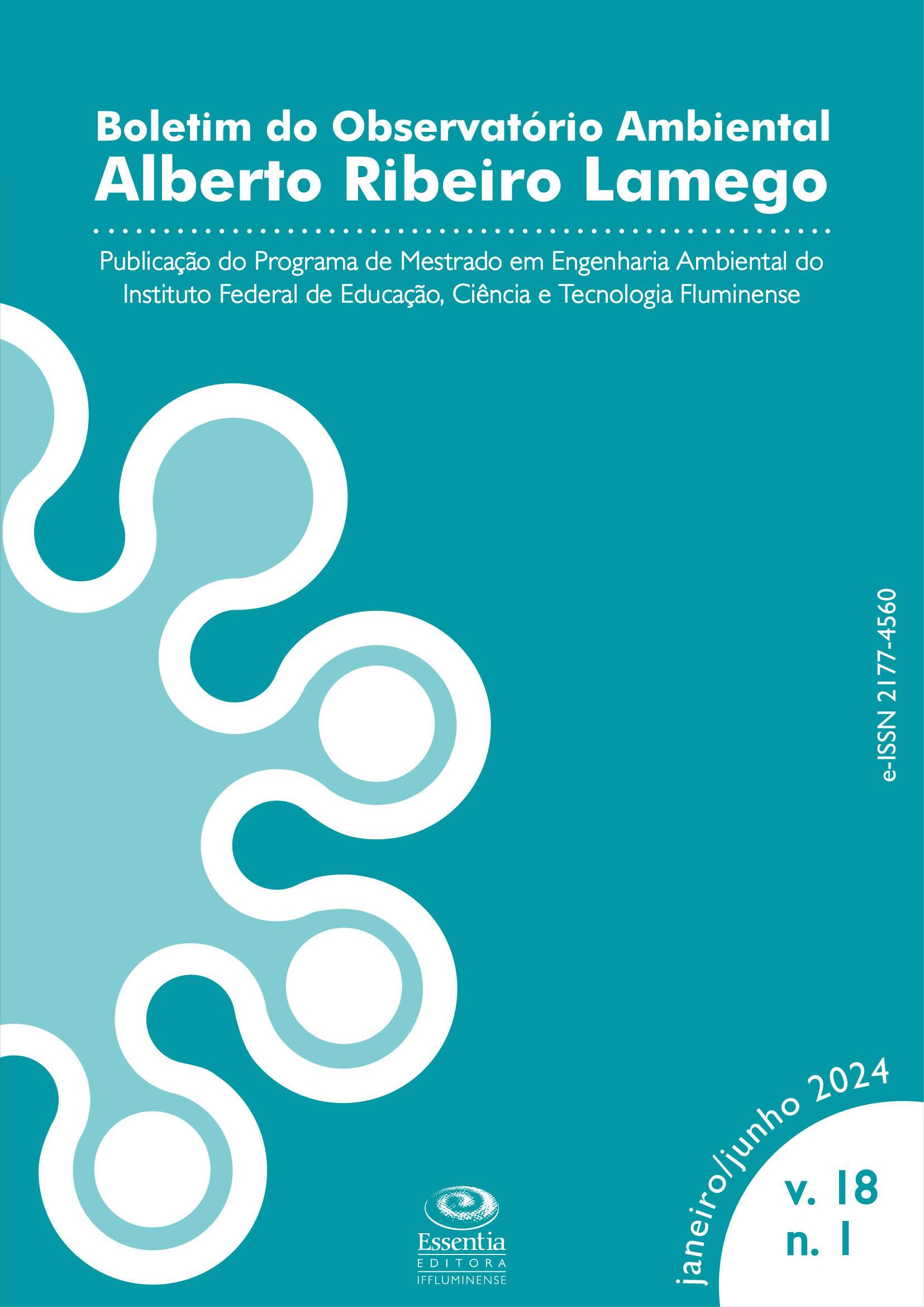Integrated sustainability management at the neighborhood and building scale: development of the USAT system based on the ESA-B Model
DOI:
https://doi.org/10.19180/2177-4560.v18n12024p110-130Keywords:
Urban Structure, Building, Sustainability, Performance, GovernanceAbstract
Sustainability is essential in the planning of resilient cities and buildings. However, there are still several gaps, including: a lack of methods that integrate buildings and their context; assessments that focus only on generic realities; and the idea that sustainability can be achieved with static technologies. Thus, we start from the idea that the sustainability of the neighborhood or city depends on the buildings, and vice versa. The aim is to present the USAT System proposal, based on the ESA-B model. The management method evaluates the sustainability of the neighborhood based on indicators at the urban and building scale. The system is made up of 4 panels: Shocks, Urban Structure, Conducts and Performance. The research methodology is presented in three stages: review of existing methods and their correlation; selection of indicators and composition of the framework; application of the delphi technique and formulation of the sustainability management model and data collection for evaluation and validation. The proposal provides support for the development of public policies, considering the relationship between the structure of the place and the buildings constructed. In addition, it is easily accessible to residents, allowing them to analyze the sustainability of their building and the neighborhood in which they live.Downloads
References
ABNT. Smart Cities: Certificação de indicadores para cidades e comunidades sustentáveis. 2023. Disponível em: https://www.abnt.org.br/smartcities/. Acesso em: 20 mar. 2024.
BRAGA, K. et al. Revisão Sistemática De Literatura (RSL): ferramentas para avaliação da Sustentabilidade no contexto urbano (Usat´ S). Revista Gestão & Sustentabilidade Ambiental, v. 12, p. e20011-e20011, 2023.
CAIXA ECONÔMICA FEDERAL. Selo Casa Azul + CAIXA: boas práticas para uma habitação mais sustentável.. Boas práticas para uma habitação mais sustentável.. 2024. Disponível em: https://www.caixa.gov.br/sustentabilidade/negocios-sustentaveis/selo-casa-azul-caixa/Paginas/default.aspx. Acesso em: 20 ago. 2024.
COHEN, M. A systematic review of urban sustainability assessment literature. Sustainability, v. 9, n. 11, p. 2048, 2017.
FUNDAÇÃO CARLOS ALBERTO VANZOLINI. AQUA-HQE™. 2024. Disponível em: https://vanzolini.org.br/organizacoes/certificacoes/aqua-hqe/. Acesso em: 20 ago. 2024.
INSTITUTO CIDADES SUSTENTÁVEIS (Brasil). IDSC - BR Índice de Desenvolvimento Sustentável das Cidades – Brasil: a evolução das 5.570 cidades brasileiras em direção a agenda 2030 da ONU. 2024. Disponível em: https://idsc.cidadessustentaveis.org.br/. Acesso em: 22 mar. 2024.
LIBRELOTTO, L. I. et al. Avaliação da Sustentabilidade do Edifício na Escala Urbana: Modelo ESA Edificações. 2017. Disponível em: https://repositorio.ufsc.br/bitstream/handle/123456789/238369/ANAIS%20ENSUS%202017-163-177.pdf?sequence=1. Acesso em: 10 mar. 2024.
LIBRELOTTO, L. I. et al. Desafios e oportunidades da avaliação da sustentabilidade no contexto da Lagoa da Conceição: o projeto USAT/ESA-B. IMPACT Projets, Santana do Araguaia, v. 2, n. 1, 2023, p. 175–194.
LIBRELOTTO, L. I. Modelo ESA para avaliação da sustentabilidade na construção civil. Pós-graduação em Engenharia de Produção da Universidade Federal de Santa Catarina. Tese de Doutorado. Florianópolis: UFSC, 2005.
LIBRELOTTO, L. I.; et al. Ferramentas para Avaliação da Sustentabilidade nas Edificações (FASEs): uma Revisão Sistemática de Literatura (RSL). Revista Jatobá, Goiânia, v. 5, 2023. DOI: 10.5216/revjat.v5.76768.
NAHAS, M. I. P. Metodologia de construção de índices e indicadores sociais como instrumentos balizadores da gestão municipal da qualidade de vida urbana: uma síntese da experiência de Belo Horizonte. Migração e ambiente nas aglomerações urbanas. Campinas: Núcleo de Estudos de População/Unicamp, v. 465, p. 487, 2001.
NECTA. Ranking Connected Smart Cities. 2023. Disponível em: https://ranking.connectedsmartcities.com.br/. Acesso em: 20 mar. 2024.
USGBC. LEED rating system: the most widely used green building rating system. 2024. Disponível em: https://www.usgbc.org/leed. Acesso em: 20 mar. 2024.
Downloads
Published
Issue
Section
License
Copyright (c) 2024 Ernestina Rita Meira Engel, Mel Ramos da Rosa, Lisiane Ilha Librelotto, Eduarda Cardoso da Luz, Raissa Kelly Marques Lambert

This work is licensed under a Creative Commons Attribution 4.0 International License.
The authors of the manuscript submitted to Boletim do Observatório Ambiental Alberto Ribeiro Lamego, hereby represented by the corresponding author, agree to the following terms:
The authors retain the copyright and grant Boletim do Observatório Ambiental Alberto Ribeiro Lamego the right of first publication.
At the same time the work is licensed under the Creative Commons Attribution 4.0 International License, allowing third parties to copy and redistribute the material in any medium or format and to remix, transform, and build upon its content for any legal purpose, even commercially, provided the original work is properly cited.
Authors will not receive any material reward for the manuscript and Essentia Editora will make it available online in Open Access mode, through its own system or other databases.
Authors are authorized to enter into additional contracts separately for non-exclusive distribution of the version of the work published in Boletim do Observatório Ambiental Alberto Ribeiro Lamego (eg, publish in institutional repository or as book chapter), with acknowledgment of authorship and initial publication in this journal.
Authors are permitted and encouraged to publish and distribute their work online (eg, in institutional repositories or on their personal page) at any point after the first publication of the article by Boletim do Observatório Ambiental Alberto Ribeiro Lamego.
Essentia Editora may make normative, orthographic and grammatical changes in the originals in order to maintain the standard language, with the final consent of the authors.
The content and opinions expressed in the manuscript are the sole responsibility of the author (s).










1.png)





